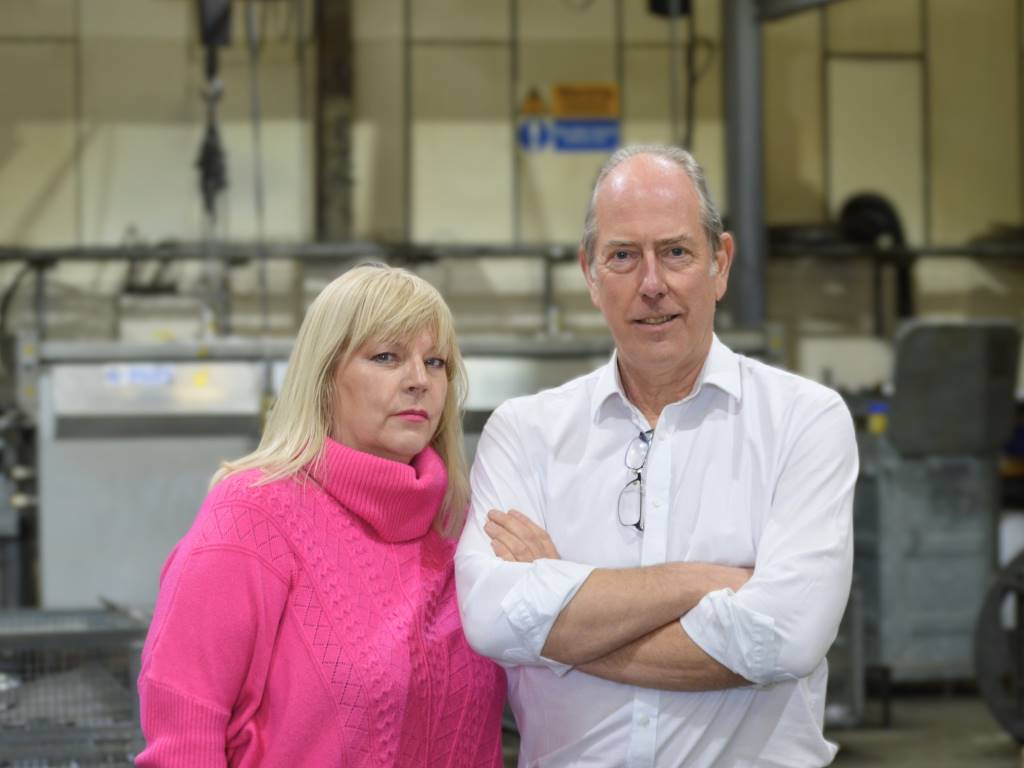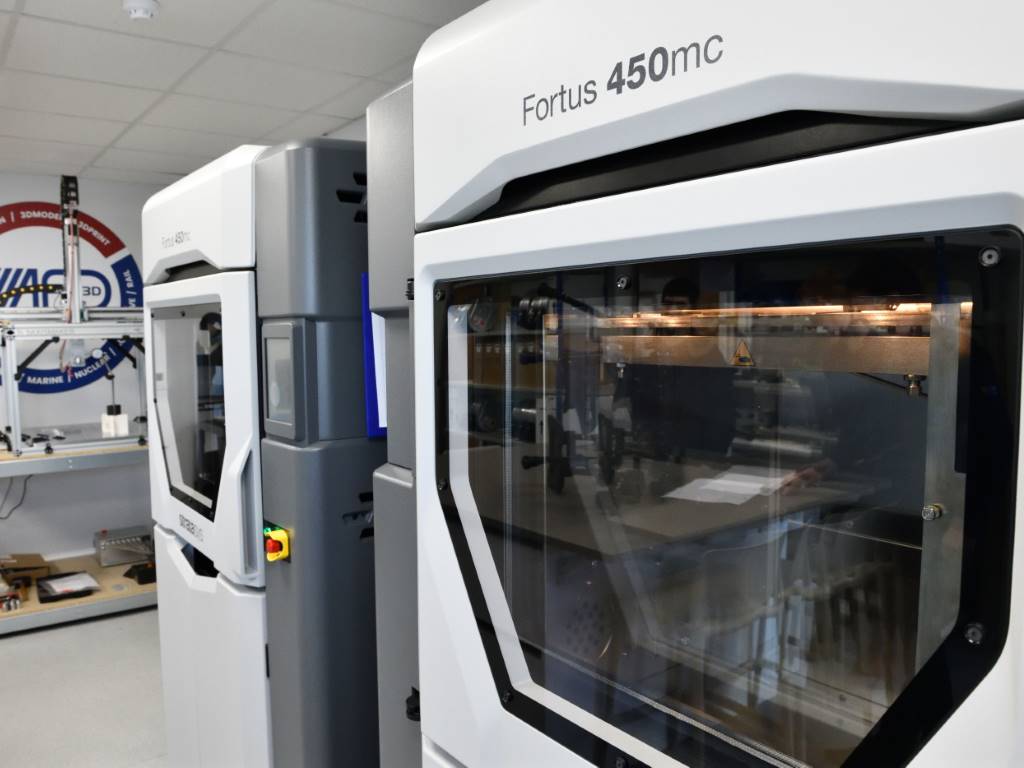Tooling transformation
The switch to the use of wire EDM technology by Rodmatic Multico, has enabled special tool costs to be slashed by half.
With more than 1,700 different form tools being used in a typical year to service its 38 multi-spindle automatic lathes engaged in turned part production, Solutions reports.
Improving productivity has been a key priority for the Rodmatic Group. Its volume production operation based in Reading, which has one of the largest multi-auto shops in the UK, has been able to reduce its stockholding of tools while significantly improving its response to customers on new components, and revert away from subcontract tool manufacture.
According to managing director Brian Steatham, the switch to wire EDM is already bearing fruit: “The £80,000 investment in the installation of a Fanuc 0Ii wire EDM is easily the best purchase Rodmatic has ever made when judged against an immediate return on investment,” he reveals. “As our setter/operators get more familiar with the process and technology – bearing in mind it was totally new to us all having moved from around the clock tool production using three optical profile grinders (OPG) – new opportunities for savings are now being continuously uncovered.”
The machine was installed at Rodmatic Hytek, the CNC smaller batch, fast response operation on the same site in Reading in September 2008. Since then, and over the first year almost 450 different programs have been created for form tools, internal and external recess and special tools made from both high speed steel and brazed carbide for production of fittings, fasteners, connectors, special studs and locking devices. Rodmatic supplies the automotive, medical, fluid power, oil and gas, energy and environmental sectors.
Ring the changes
As a result of the changes in process, initial monitoring of tools on each machine has also seen in the ‘in cut' life improved by around 10% due to higher accuracy of form and the cutting action created by the automatic wire processing that does not degrade the cutting surface of the tool.
Further savings have been made due to the flexibility of the process that is able to provide a fast response when an urgent tool is required – for example when a tool is chipped or broken. This can now be cut using on automatic cycle simply by calling up the existing program which means reserve tooling no longer has to be stocked in the stores.
Almost as a sideline, the machine has also been designated to cut ring gauges as well as gauges for groove, form and width checks widely used for components on the production line. “These are considerably cheaper to produce in-house with the benefit of higher accuracy being achieved through wire cutting than previous grinding methods and sourcing from external toolroom suppliers,” explains Mr Steatham.
Programming is mainly being carried out offline using the company's PEPS NC CAM programming system with the tooling module accounting for the appropriate tooling geometry while speeds and feeds are set at the machine control. Up to 12 tools tend to be mounted on the machine table at a time taking advantage of the flexibility of the process giving the choice of producing a range of different tools and/or multiple versions of the same tool mixed in the same run cycle.
Round the clock
The machine is set to run during the day while new programs are created or tool blanks prepared. At the moment an OPG is still used for regrinds reserving the wire machine for new tools. Late in the afternoon it is reset ready for unmanned production between shifts and through the night. Here, the advantage of the automatic wire feed eliminates any need for attendance and the adaptive control adjusts the process to maintain optimised rates of feed.
Quite often, as the wire process is a lot faster than the OPG methods, tools are set on the table which will not totally take up a complete night's available production time. Here the setter will input the self timer so that the machine starts and then switches off with the job complete as he arrives for work in the morning.
As Rodmatic produces over one million components a month via its installed base of multi-autos supplying the fluid power, hydraulic, automotive related and off road sectors, form tools are critical in creating competitive cycle times and the maintenance of dimensions of relative features on a component into a single tool. As the company has also introduced thread rolling wherever possible on the multi-autos in place of tapping, die boxing or chasing, this again creates further savings and contributes to higher quality and productivity with the form tools providing a higher security of process.
Making real progress
Over the last 18 months Rodmatic has been progressively working through the machine shop rebuilding and updating its machines and switching, where economically viable, from HSS flat form tools to solid carbide tool set-ups. As a result overall productivity and utilisation of each machine has been improved by around a third as each is re-commissioned, while dimensional consistency with lower levels of setter involvement has improved dramatically.
Comments Mr Steatham: “By progressively improving the machine and operational strategy we are helping to fund the changes we need to remain competitive. Here the change to wire EDM could not have happened at a more appropriate time.” He then goes on to describe one area of spin off within the Hytek division where the company has installed two Star CNC sliding head lathes, a 9-axis SV-32 and 7-axis SR-20 Rlll.
Among the contracts being completed on both machines is the production of some 40 different types of suspension piston rod for an autosport customer. The parts, up to 16mm diameter and 280mm long are turned and threaded at each end with special flats milled in the single cycle operation.
While some companies would resort to single point turning the threaded, undercut and chamfer features, Hytek engineers were able to experiment potential savings by incorporating wire cut flat form tools in the sliding head process. As a result, it has enabled them to cut the overall cycle time by almost 30%.
With a working capacity of 700mm x 600mm x 255mm, the Fanuc machine has adequate volume to produce a wide range of components. Indeed it has even been employed to wire cut a special coolant manifold for an unusual application on one of its machines which was cheaper and more convenient to produce than the toolroom.
A cunning plan
Plans have already been laid for the future to expand its tool service capability. With the addition of a further C axis to provide a rotary motion, the wire cut machine will be used to cut circular form tools and multi-diameter combination form cutters for internal forms.
“By drawing together a plan of re-engineering our volume production machines, adding a smaller batch CNC capability and adding the capability to be almost self-sufficient on tooling that involves complex forms, we have become significantly more competitive when quoting for new work and are now able to react very quickly to customer needs,” Mr Steatham concludes.
Rodmatic
www.rodmatic.com














